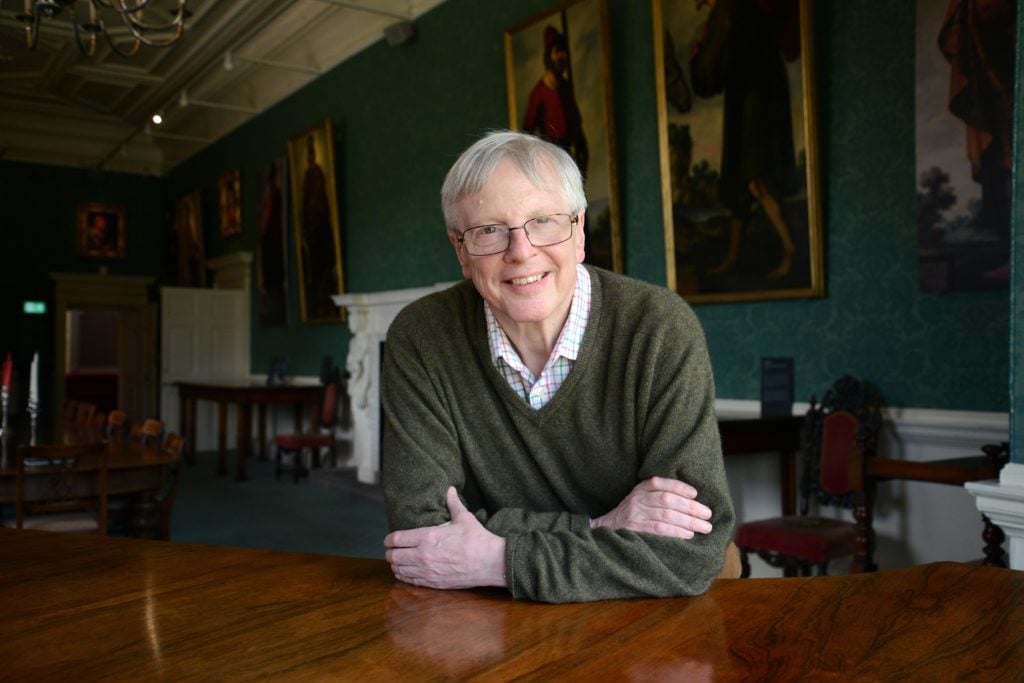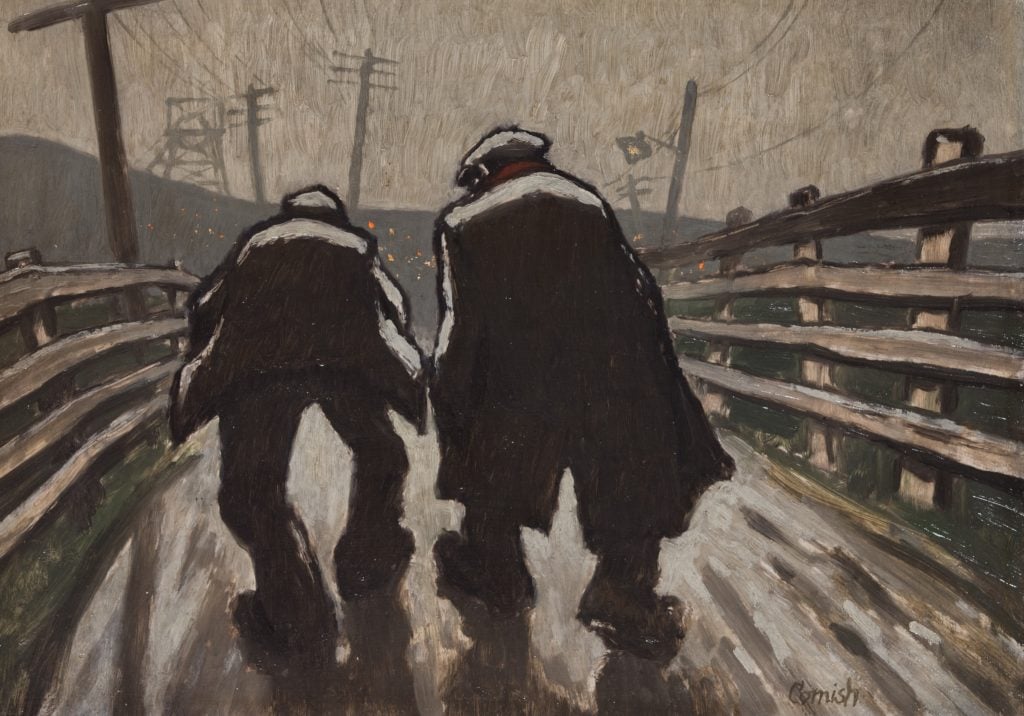Art World
A Millionaire Launches a Museum of Coal Miners’ Art to Help Revive a Small English Town’s Economy
Jonathan Ruffer, the man who sent Zurbaráns to America, is investing $170 million to revive Bishop Auckland.

Jonathan Ruffer, the man who sent Zurbaráns to America, is investing $170 million to revive Bishop Auckland.

Javier Pes

One of the world’s most prominent collectors of Spanish Old Masters is opening his first private museum this weekend in a bid to reinvigorate a former coal mining region in northeast England. Housed in a converted bank, the Mining Art Gallery in Bishop Auckland, County Durham, celebrates the “pitman painters”—miners who also made art.
The museum, which opens October 21, is just one part of philanthropist and investment banker Jonathan Ruffer’s ambitious £130 million ($171 million) Auckland Project, an effort to transform an economically depressed town into a cultural destination. He grew up in the region.
Four years ago, Ruffer donated around £25 million ($33 million) in a deal to buy the town’s castle along with its contents, which included 12 paintings by the Spanish Old Master Francisco de Zurbarán. (The paintings, which have hung in the former home of the Bishops of Durham for more than 250 years, are now on a US tour while the castle undergoes renovation.) Ruffer also plans to develop a museum of faith and a historical theme park in the area.
The first venue to open, however, is the Mining Art Gallery. “Spanish art might not appeal directly to local people,” says Angela Thomas, its assistant curator. “The Mining Art Gallery is a way of saying, ‘This is your heritage.’”
Coal miner painters, such as Norman Cornish and Tom McGuinness, depicted the underground work and life of mining communities. The coal mines may have since closed, but many of the street scenes they painted will be easily recognizable to locals, Thomas says.

Norman Cornish’s Pit Road c. 1950s © Cornish Family Collection
Around 70 works from the 420-strong collection are on display in the first hang. The collection was given to the Auckland Project by Robert McManners and Gillian Wales, two experts in the work of men who learned how to draw and paint in art classes set up in various mining communities across the UK beginning in the 1930s.
The collection includes work by the Polish-Jewish émigré artist Josef Herman, who lived and worked in South Wales for a decade after the Second World War, and Cornish, who began mining at age 14 and eventually became the most celebrated practitioner of the genre. Thomas says that she expects further donations to roll in as people realize they have a coal miner’s painting “in their garage or hanging on granny’s wall.”
Ruffer, who has a home nearby and was raised in the area, anticipates that the transformed Bishop Auckland could attract around 400,000 people a year by 2020.
When asked at the Art Business Conference in London last month why he decided to strike out on his own rather than work with an organization such as the National Trust to save Auckland Castle and open it to the public, Ruffer said his dreams were too big. The National Trust projected the project would attract around 30,000 visitors a year and generate only three and a half new jobs; he wants to create around 800.
Funding for the initiative comes from Ruffer’s various charities and other foundations as well as a £11 million ( $14 million) grant from the Heritage Lottery Fund.